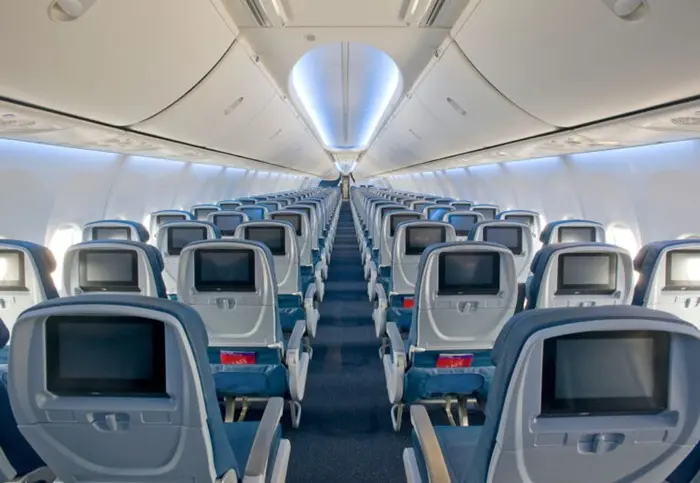As global travel continues to rise, more people are finding themselves on planes more frequently than ever before. The growing demand for air travel has been notable, with the U.S. Travel Association reporting a 6% increase in air travel over the past year and a 24% surge in international visits. With travelers taking longer and more frequent trips, airlines are under pressure to meet passengers’ evolving expectations. However, they face several challenges, including high interest rates, staffing shortages, and rising operational costs.
Despite these hurdles, airlines remain committed to delivering quality service that prioritizes both comfort and safety. Recent high-profile incidents involving Boeing have heightened the focus on safety, emphasizing the need for airlines to address safety concerns head-on to retain passenger confidence and differentiate themselves in a competitive market.
At the heart of this challenge is the human element of air travel. By adopting a human-centric design approach, airlines can create a more secure, comfortable, and satisfying travel experience for passengers. This article delves into the importance of focusing on ergonomics in seating, cabin pressure, lighting, and temperature, exploring how these elements can enhance both passenger safety and overall experience.
The Role of Ergonomics in Seating Design
Seating is one of the most critical aspects of the passenger experience, directly impacting comfort during short and long-haul flights. Airlines have begun prioritizing ergonomic seating designs to reduce physical strain and enhance comfort, addressing the growing concerns over deep vein thrombosis (DVT) and discomfort from cramped conditions.
Human-centric seating is designed with passengers’ physical well-being in mind. Features like adjustable headrests, lumbar support, and greater legroom can reduce fatigue and promote better circulation during flights. Furthermore, new materials and technologies, such as memory foam cushions and breathable fabrics, help regulate body temperature and improve overall comfort.
Airlines that invest in ergonomic seating not only enhance passenger satisfaction but also set themselves apart in an industry where comfort can significantly influence customer loyalty.
Optimizing Cabin Pressure for Health and Comfort
Beyond seating, cabin pressure plays a crucial role in passenger comfort and safety. Traditional airplane cabins maintain air pressure equivalent to that at an altitude of 6,000 to 8,000 feet, which can cause discomfort, dehydration, and even exacerbate pre-existing medical conditions in some passengers.
To address these concerns, modern aircraft, such as the Boeing 787 Dreamliner and Airbus A350, are designed to maintain lower cabin altitudes (around 6,000 feet) to improve air quality and reduce the likelihood of fatigue and dehydration. Lower cabin altitude helps maintain higher humidity levels, which can reduce the symptoms of dry skin, eyes, and respiratory issues often associated with flying.
By prioritizing cabin pressure in their designs, airlines can create a healthier environment that contributes to an overall improved in-flight experience.
The Impact of Lighting on Passenger Well-Being
Lighting is another key component of the human-centric approach to airplane design. Harsh or inconsistent lighting can negatively impact passengers’ circadian rhythms, leading to fatigue, irritability, and difficulty adjusting to new time zones—a common issue on long-haul flights.
Human-centric lighting design addresses these challenges by incorporating dynamic LED lighting systems that simulate natural daylight. These lighting systems can be adjusted throughout the flight to mimic the time of day at the destination, helping passengers better adapt to time zone changes and minimizing jet lag.
Furthermore, airlines are experimenting with mood lighting to create a more relaxing ambiance during flights. This technology not only enhances the aesthetic appeal of the cabin but also contributes to a more calming and enjoyable experience for passengers.
Temperature Control for Passenger Comfort
Temperature control is another factor that can make or break the in-flight experience. While airplanes are designed to maintain a stable temperature, it’s not uncommon for passengers to feel too hot or too cold during flights, leading to discomfort.
To tackle this issue, human-centric airplane design focuses on creating customizable climate zones within the cabin. Advanced temperature control systems allow passengers to adjust the temperature in their immediate surroundings, ensuring they remain comfortable throughout the flight. This attention to individual comfort needs further enhances the overall travel experience.
Related Topics:
11 Things to Do in New York for Your Birthday
10 Things to Do Alone in New York City
7 Things to do in New York City on Presidents Day Weekend

